Aircraft-sized asteroid set to buzz Earth! NASA reveals details
NASA has revealed that an aircraft-sized asteroid could come extremely close to Earth today. Know about details here.
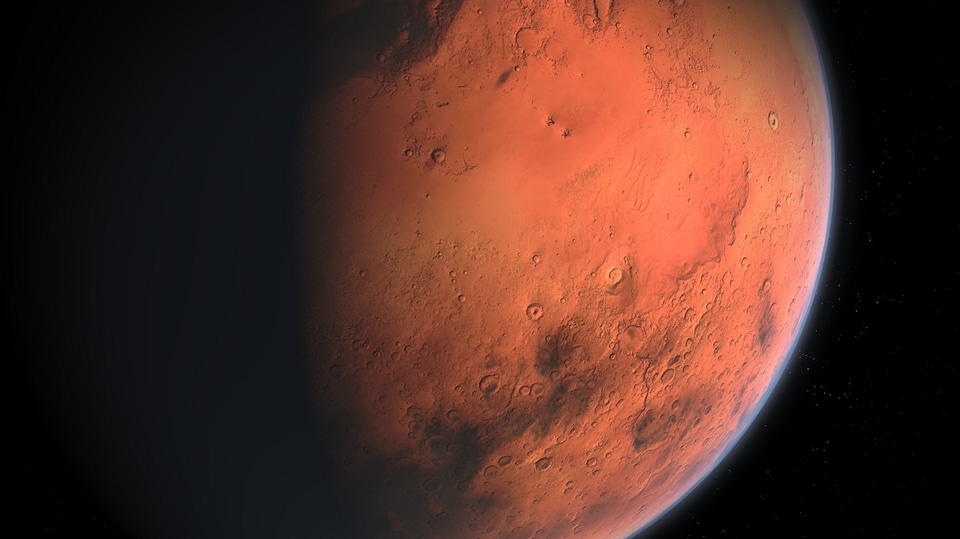
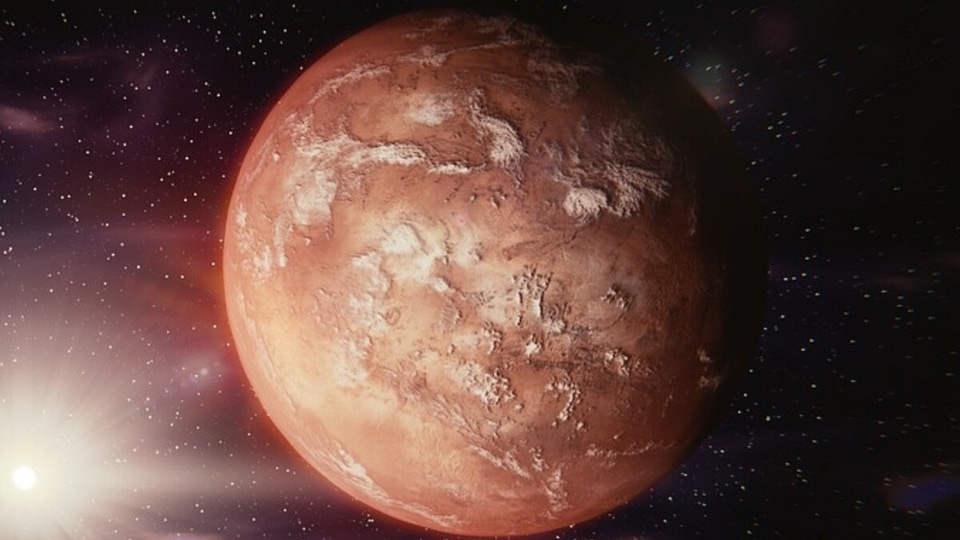
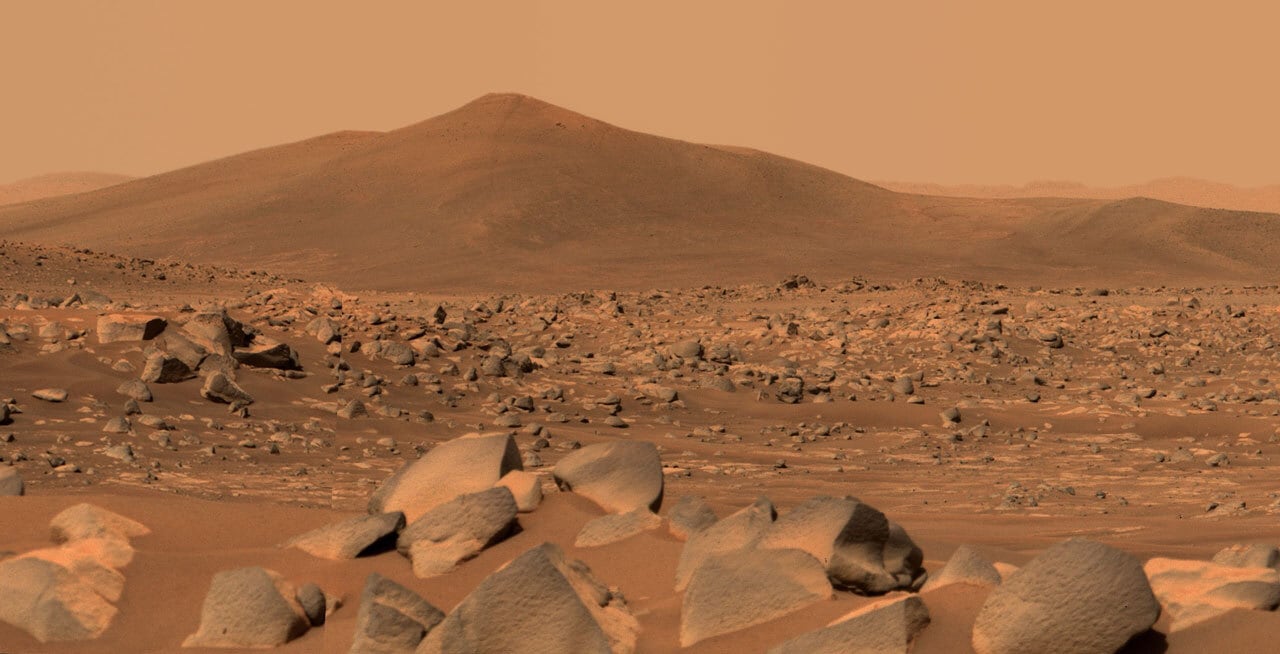
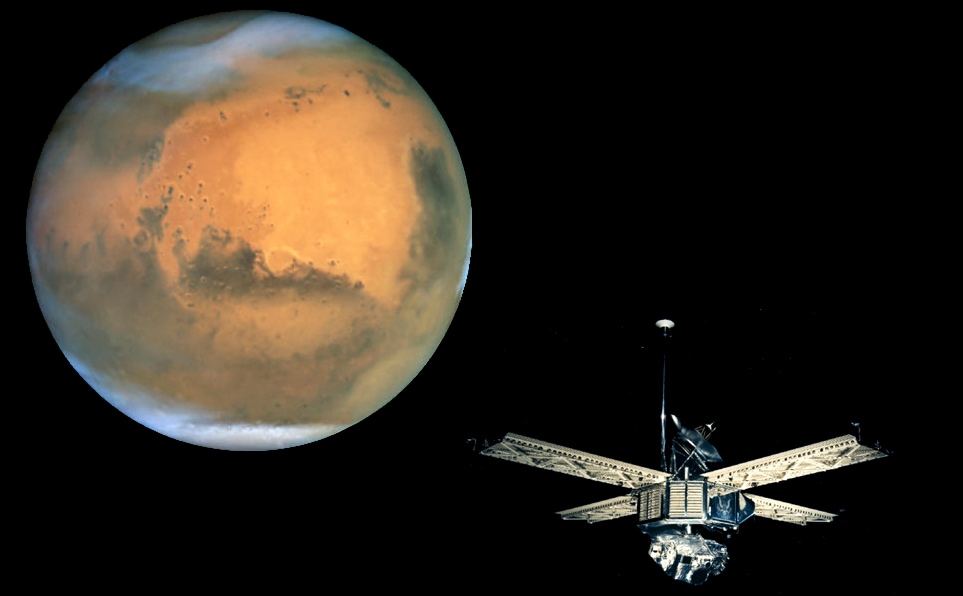
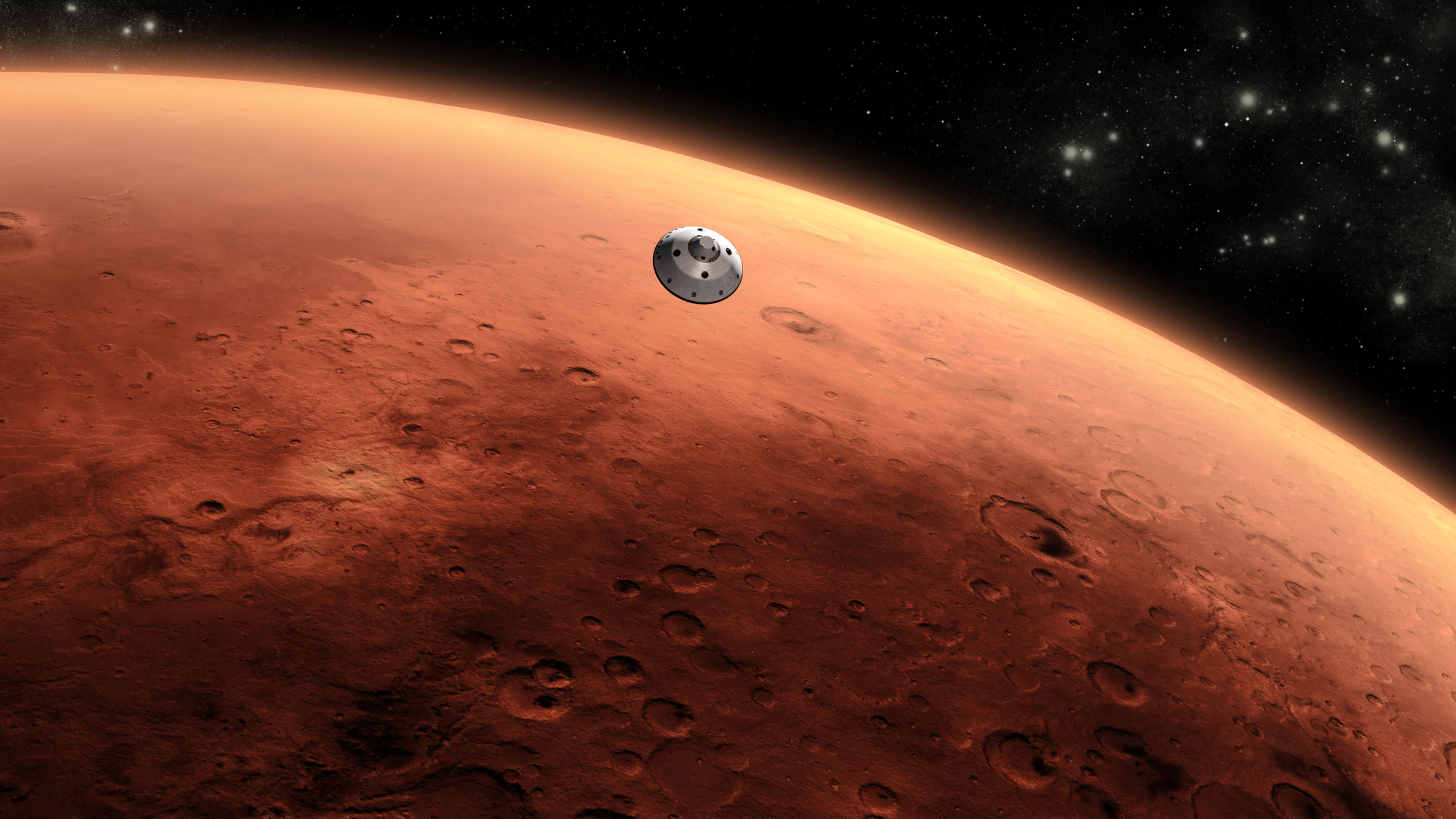
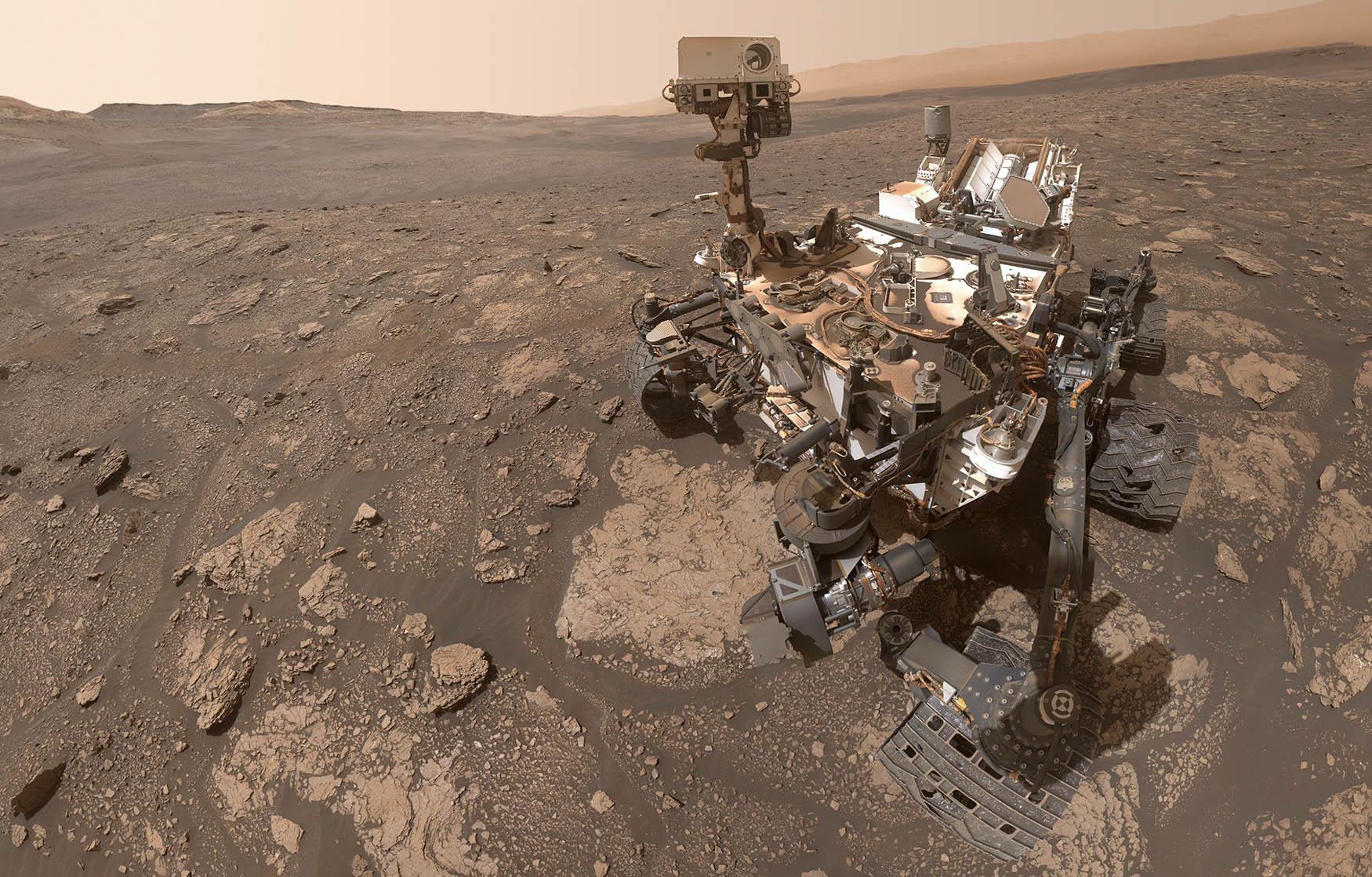
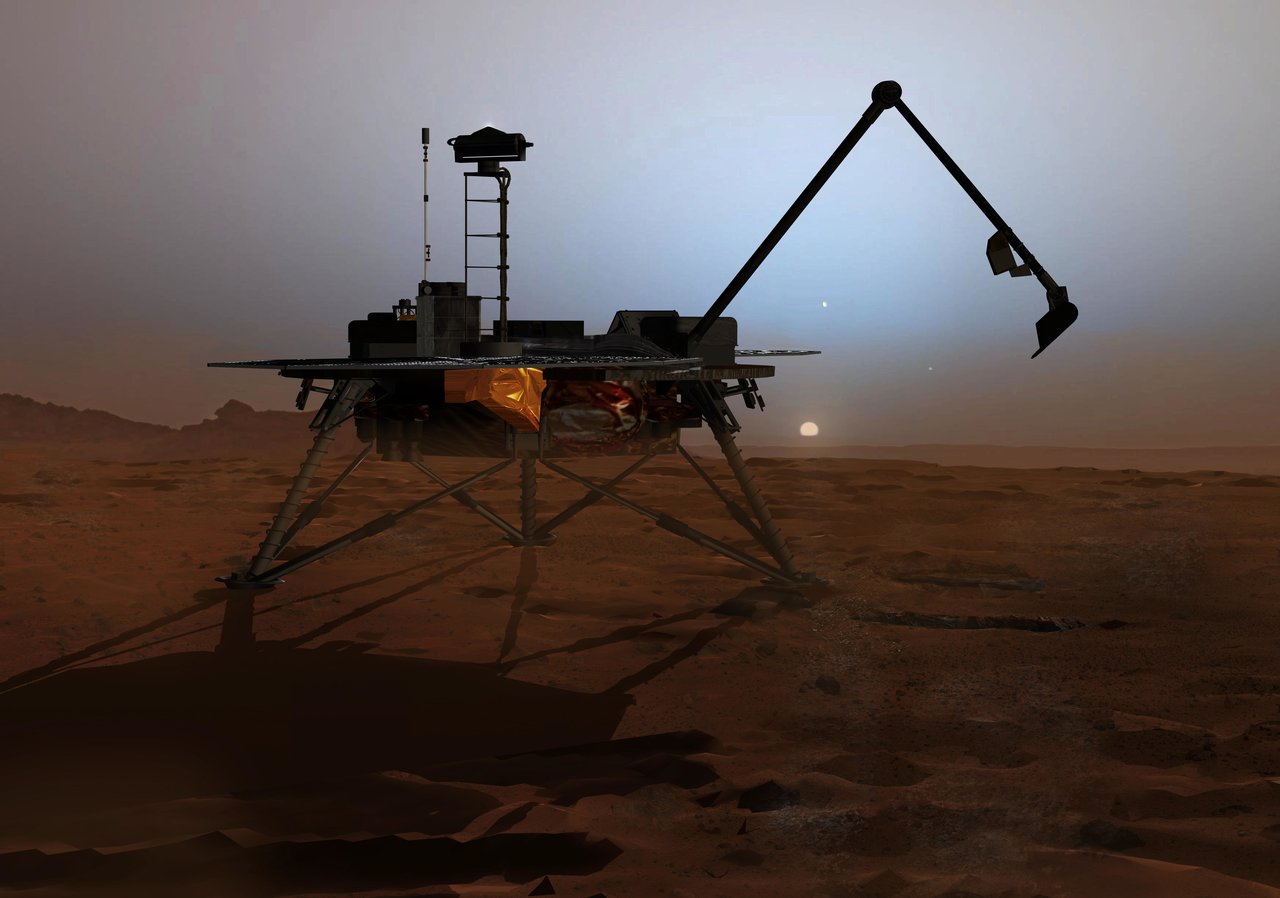
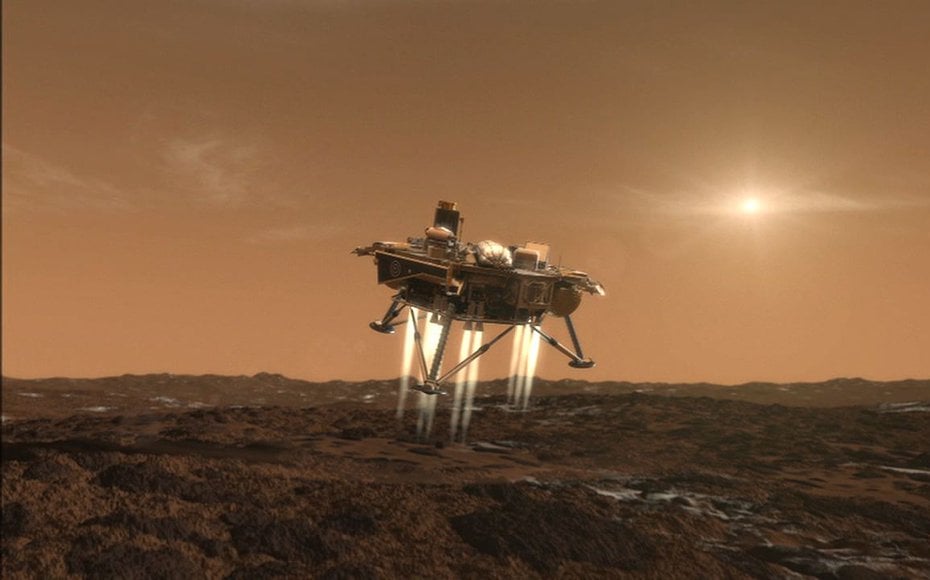
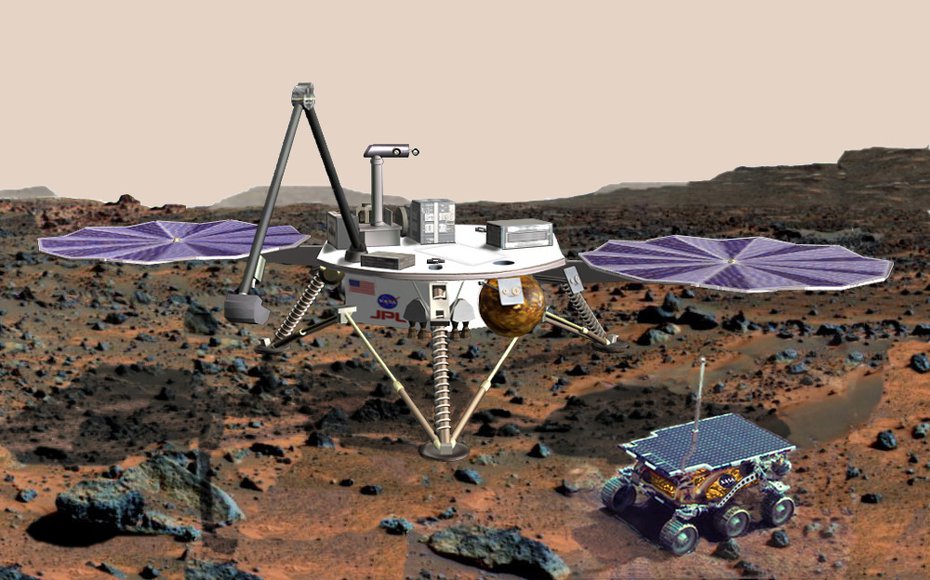
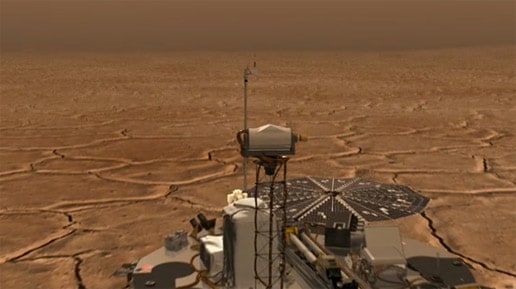
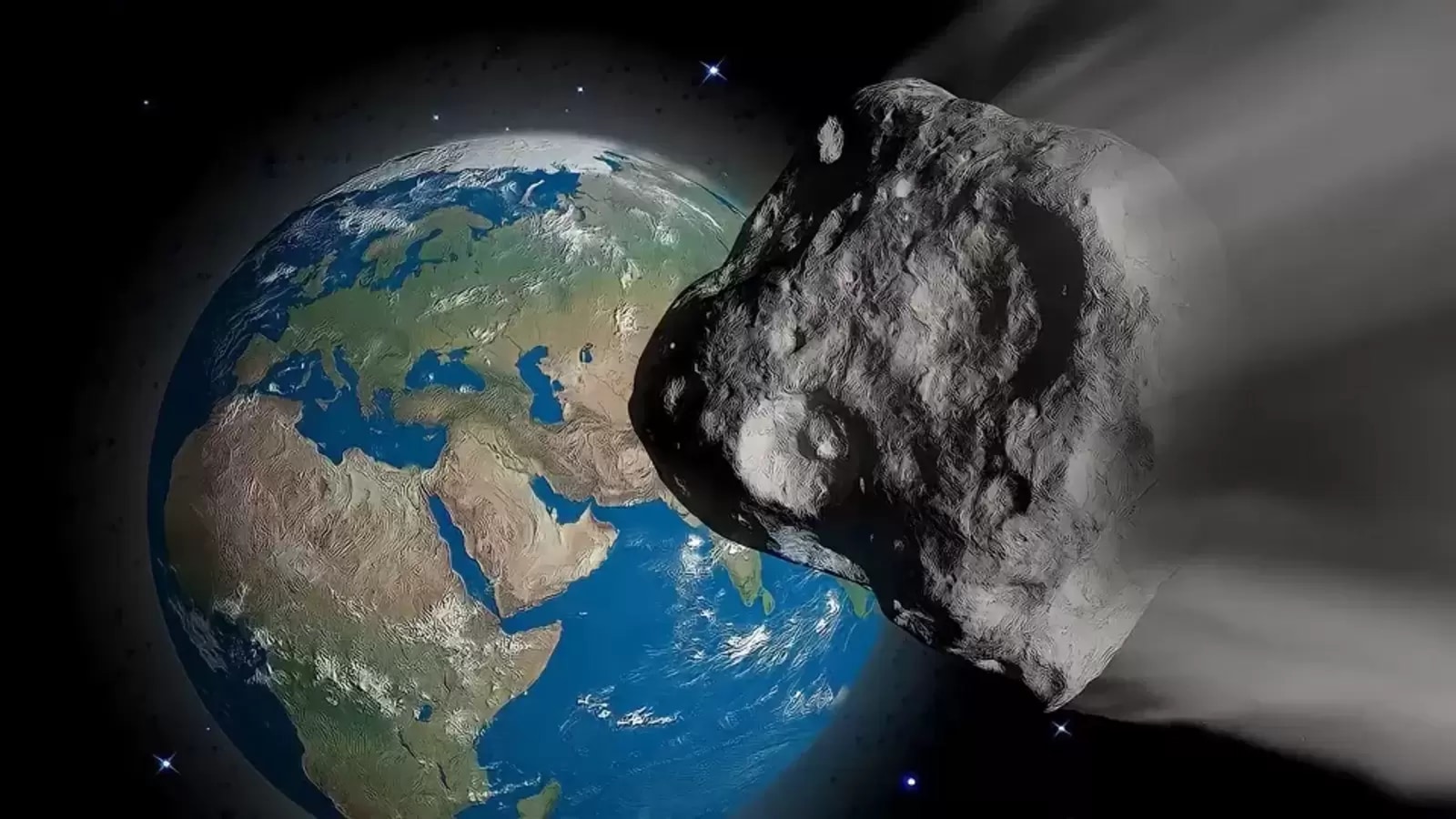
 View all Images
View all ImagesAsteroids can generally be spotted within the main asteroid belt between Mars and Jupiter, according to NASA. Interaction with a planet's gravitational field, especially as large as Jupiter, can knock the asteroid off-its orbit and send it hurtling in all directions. NASA's Planetary Defense Coordination Office keeps a check on these Near-Earth Objects (NEOs) for any potential collision with Earth and declares them as Potentially Hazardous Objects if they come within around 8 million kilometers of Earth. Although the planet is safe from any asteroid approaches today, NASA has warned that a huge aircraft-sized asteroid is speeding towards the planet for a close approach, which could happen tomorrow.
Asteroid 2019 XQ1 key details
NASA's Planetary Defense Coordination Office has red-flagged an asteroid named Asteroid 2019 XQ1 due to its extremely close approach with the planet. The asteroid will make its closest approach to Earth tomorrow, December 13, at a distance of 5.5 million kilometers per hour. This 92-foot is already on its way towards the planet travelling at a speed of nearly 35238 kilometers per hour, surpassing the speed of a hypersonic ballistic missile!
According to the-sky.org, the Asteroid 2019 XQ1 belongs to the Aten group of asteroids. It was discovered recently on December 4, 2019. This asteroid takes 364 days to complete one trip around the Sun during which its maximum distance from the Sun is 191 million kilometers and nearest distance is 107 million kilometers.
How NASA uses tech to track asteroids
NASA keeps a watch on these asteroids by studying data collected by various telescopes and observatories such as the Pan-STARRS, the Catalina Sky Survey and the NEOWISE telescope. NASA also has a NEO Surveyor mission planned for launch in 2026 to gain even greater in-depth data using a new orbiter.
NASA also has a new impact monitoring system in place which uses an algorithm called Sentry-II to calculate the impact risk of Near-Earth Objects. NASA can track the orbital path of the asteroid using this infrared data and can even predict its orbit years into the future.
Catch all the Latest Tech News, Mobile News, Laptop News, Gaming news, Wearables News , How To News, also keep up with us on Whatsapp channel,Twitter, Facebook, Google News, and Instagram. For our latest videos, subscribe to our YouTube channel.




























